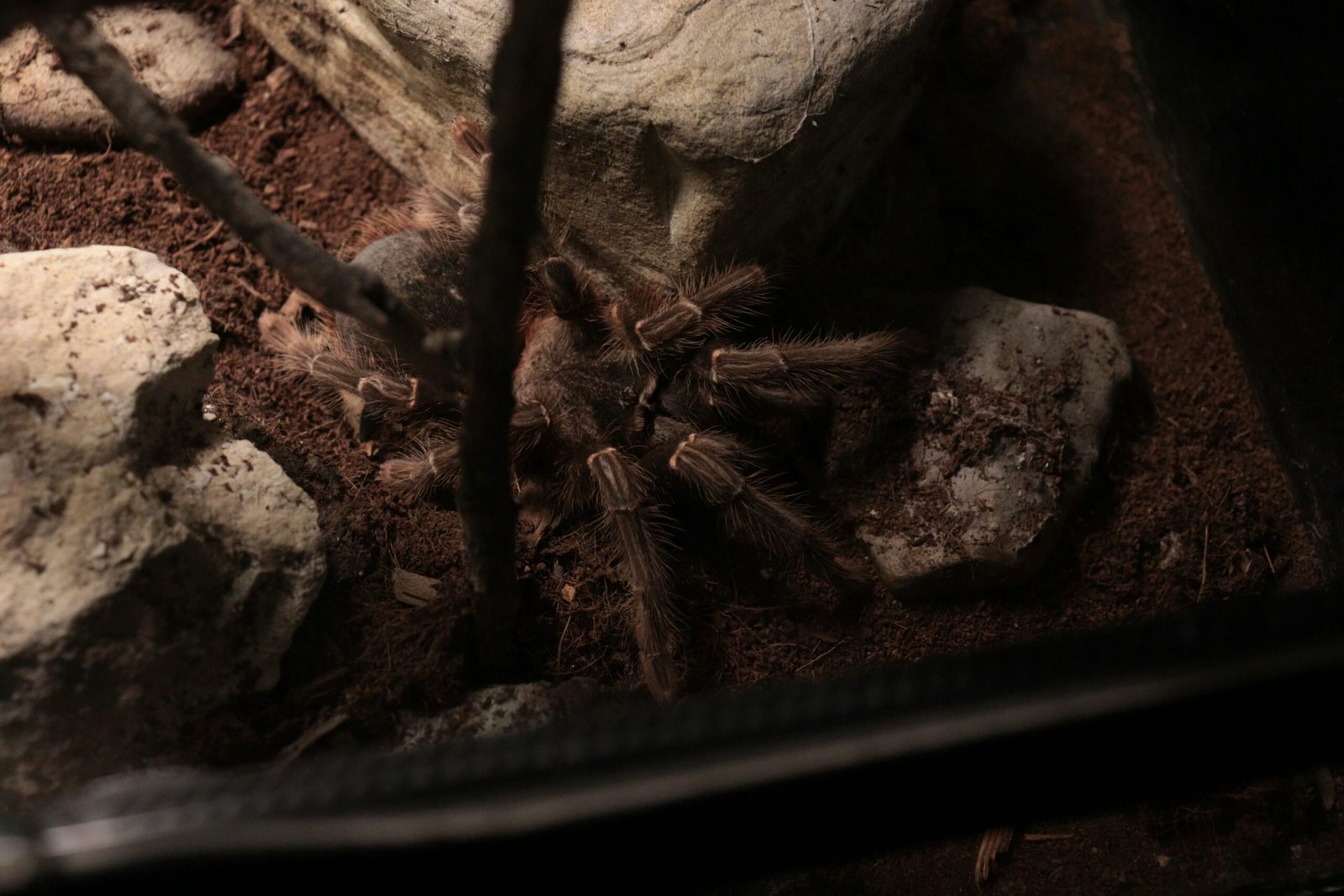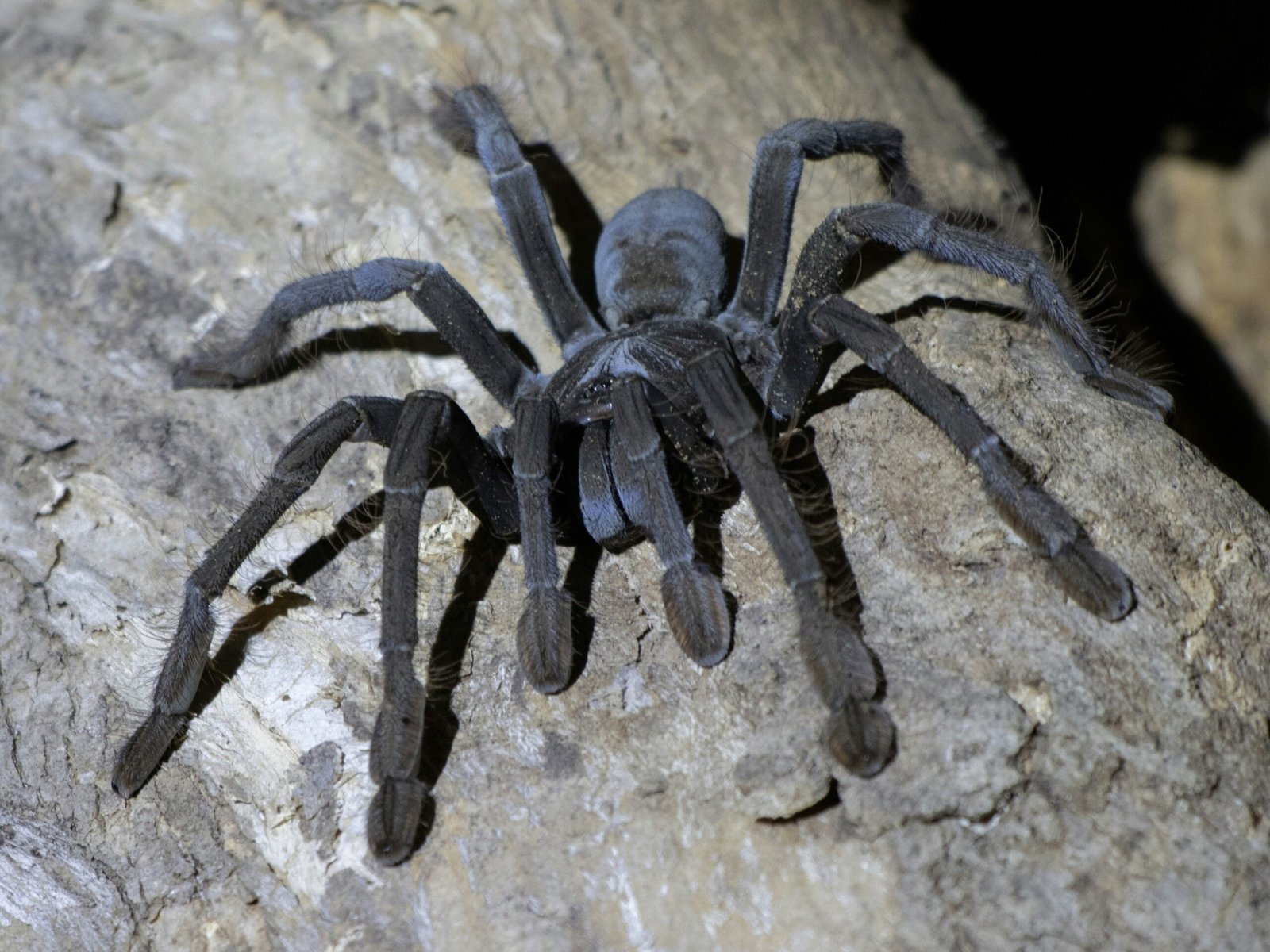How do tarantulas protect themselves against threats from parasitic nematodes? It’s a fascinating query that opens the door to exploring a deeply intricate world. Tarantulas, with their intimidating appearance and fearsome reputation, face various threats in their natural habitat, one of which is parasitic nematodes. These microscopic enemies can wreak havoc on tarantulas, leading to health degradation and even death. In this article, we’ll uncover the incredible defensive mechanisms tarantulas employ to fend off these tiny invaders.

Understanding Parasitic Nematodes
To fully appreciate the defensive strategies of tarantulas, it’s crucial to understand what parasitic nematodes are and why they pose such a significant threat.
What are Parasitic Nematodes?
Parasitic nematodes are small, elongated worms that live as parasites in plants, animals, and even humans. Their size ranges from microscopic to about a few millimeters in length. These parasites can infest a tarantula’s body, causing various health issues.
| Nematode Characteristics | Description |
|---|---|
| Size | Microscopic to a few millimeters |
| Habitat | Various environments, including soil, plants, and animal hosts |
| Impact on Hosts | Can cause disease, hamper growth, and lead to death |
| Symptoms in Tarantulas | Anorexia, lethargy, unexplained deaths |
How Do They Affect Tarantulas?
Once inside a tarantula, nematodes can be devastating. They often inhabit the digestive system, impacting the tarantula’s ability to absorb nutrients. Symptoms often include lethargy, refusal to eat, and rapid health decline. In severe infestations, these nematodes can even take over the tarantula’s bodily functions, causing irreversible damage.
Biological Defenses of Tarantulas
To combat these parasites, tarantulas have evolved several biological defense mechanisms that enhance their survival.
Exoskeleton as a Barrier
The primary physical defense for tarantulas is their exoskeleton. This tough, chitinous outer layer serves as a formidable barrier against various threats, including parasitic infestations.
Hemocyte Response
Tarantulas possess specialized blood cells called hemocytes, which play a key role in their immune response. When they detect the presence of nematodes, these cells spring into action, engulfing and neutralizing the invaders.
| Defensive Mechanism | Function |
|---|---|
| Exoskeleton | Physical barrier to prevent parasite entry |
| Hemocytes | Cellular defense against internal parasites |
Who Regulates the Immune Response?
The immune system of a tarantula is not fully understood, but it is known that their innate immunity involves cellular and humoral responses. Hemocytes are akin to our white blood cells, offering a primary line of defense against any internal threats.
Behavioral Defensive Mechanisms
Apart from biological defenses, tarantulas also exhibit behavioral adaptations to mitigate the risk of nematode infestations.
Grooming
Tarantulas often engage in meticulous grooming. By cleaning their legs and bodies, they reduce the chances of nematodes attaching and gaining entry through sensitive areas like joints or under the exoskeleton.
Molting
Molting, the process of shedding their exoskeleton, serves a dual purpose. Not only does it allow growth, but it also removes parasites that might have attached to the old exoskeleton. During molting, tarantulas are highly vulnerable, but this process ensures that many of their parasites are left behind.
| Behavioral Mechanism | Function |
|---|---|
| Grooming | Reducing parasites on the body’s surface |
| Molting | Shedding parasites along with the old exoskeleton |
Environmental Preferences
Tarantulas also display preferences for certain environmental conditions that can reduce parasitic risks. For instance, they might avoid overly damp areas, which are more conducive to nematode activity.
Chemical Defenses
Tarantulas are known to produce various enzymes and compounds that have potential antiparasitic properties.
Venom
While tarantula venom is primarily used for subduing prey, some components may have secondary benefits in managing parasites. Research suggests that certain peptides in venom can neutralize pathogens.
Cuticular Secretions
Tarantulas also secrete substances through their cuticle that may deter parasites. These chemical excretions can form a protective chemical layer on the exoskeleton.
| Chemical Defense | Potential Benefit |
|---|---|
| Venom | Contains antiparasitic peptides |
| Cuticular Secretions | Forms a protective chemical barrier |

Symbiotic Relationships
In their constant battle against parasitic nematodes, tarantulas also engage in symbiotic relationships with other organisms.
Beneficial Microbes
Certain microbes that reside on the tarantula’s exoskeleton or within their gut can help fend off nematodes. These microbes produce substances that either repel or kill parasitic nematodes.
Mutualistic Species
Some tarantulas have been observed to cohabit with small animals such as ants. These creatures can help keep the nematode population in check by consuming the eggs or larvae.
| Symbiotic Mechanism | Role in Defense |
|---|---|
| Beneficial Microbes | Produce antiparasitic substances |
| Mutualistic Species | Consume nematode eggs or larvae |
Case Study: Tarantula and Ant Symbiosis
An intriguing example is the relationship between certain tarantulas and ant species. The ants patrol around the tarantula’s burrow, effectively reducing the chances of nematode infestation. The tarantula, in turn, provides the ants with protection and leftover food scraps.
Research and Studies on Tarantula Defense Mechanisms
Scientists have conducted numerous studies to understand how tarantulas fend off parasites. This research is not only fascinating but also essential for developing new ways to combat parasitic infections in various species, including humans.
Laboratory Findings
Lab studies have shed light on how effective tarantula hemocytes are in neutralizing nematodes. Various assays have demonstrated that these cells are capable of engulfing and digesting nematodes within hours of detection.
Field Observations
Field research has also provided invaluable insights. By observing tarantulas in their natural habitat, scientists have noted behavioral adjustments that minimize parasitic risks. These observations align with laboratory findings, offering a comprehensive understanding.
| Research Type | Key Findings |
|---|---|
| Laboratory Studies | Hemocytes effectively neutralize nematodes |
| Field Research | Behavioral adjustments reduce parasitic risks |

Challenges and Future Directions
While much has been discovered, there remain significant challenges in fully understanding the defensive mechanisms of tarantulas. Future research needs to address these gaps to provide a holistic view of their complex defense strategies.
Knowledge Gaps
One of the primary challenges is the intricate nature of tarantula immunity. Unlike mammals, tarantulas lack a well-studied adaptive immune system, making it difficult to draw direct comparisons or fully understand their immune responses.
Advanced Techniques
Emerging technologies like genomic sequencing and advanced imaging are paving the way for more detailed studies. These techniques can help decode the genetic underpinnings of tarantula immunity and provide real-time observations of their cellular responses.
| Future Research Directions | Potential Contributions |
|---|---|
| Genomic Sequencing | Decoding genetic basis of immune response |
| Advanced Imaging | Real-time study of hemocyte activity |
Applications Beyond Tarantulas
Interestingly, the study of tarantula defense mechanisms has broader implications. Insights gleaned from these studies can inform pest control strategies, and even offer new avenues for treating parasitic infections in humans and other animals.
Conclusion
Tarantulas employ a fascinating array of defenses against parasitic nematodes, ranging from robust biological mechanisms to intricate behavioral adaptations. Their exoskeleton, hemocytes, grooming habits, molting, and symbiotic relationships all contribute to a comprehensive defense strategy. Additionally, the chemical defenses they produce offer added layers of protection.
As we continue to explore and understand these mechanisms, we not only unravel the complexities of tarantula biology but also potentially unlock new methods for combating parasites in other species. The tiny, yet relentless, battle between tarantulas and nematodes serves as a compelling example of nature’s perpetual arms race.
By appreciating the myriad ways tarantulas fend off these microscopic menaces, you gain a deeper understanding of their resilience and adaptability. And who knows? One day, these insights might just help us improve our own strategies for dealing with parasitic threats.
